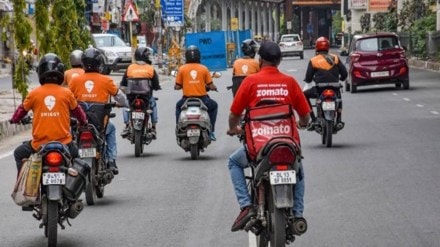India’s grocery market is expanding, but traditional Kirana stores are starting to feel the pressure, particularly in urban areas, as quick commerce platforms reshape consumer habits. A report by Kearney projects the overall grocery sector to grow by 8% annually and reach Rs 78 lakh crore by 2029. However, much of the recent momentum is being driven by newer formats that are gradually pulling sales away from general trade.
The report finds that only 6% to 8% of quick commerce sales are truly incremental, meaning most purchases are not new demand but diverted from other formats. Modern trade and e-commerce are the primary sources of this shift, followed by general trade outlets, including Kirana stores.
Discounts play a key role in this transition. Kirana stores typically offer 2% to 5% off maximum retail price (MRP), compared to 17.8% in modern trade and 16.7% in e-commerce. Even quick commerce platforms, which offer relatively modest discounts of 6% to 9%, are outcompeting Kiranas, particularly for convenience-driven categories like snacks, cold drinks, and packaged foods.
At the same time, Kirana stores continue to hold ground in fresh produce. Consumers still prefer buying fruits and vegetables in person, valuing the ability to handpick items, something not easily replicated by digital platforms.
Employment data paints a more balanced picture. Both Kirana stores and quick commerce generate roughly the same number of jobs, around 63 per Rs 1 crore of monthly gross merchandise value, indicating that both remain labour-intensive despite their differences in scale and model.
The growing presence of quick commerce has led to calls for regulatory intervention. The Confederation of All India Traders (CAIT) has demanded a luxury tax on such platforms, arguing that they undercut traditional retail models without facing equivalent compliance or cost pressures.
While Kirana stores remain deeply rooted in India’s retail ecosystem, the report suggests that evolving consumer expectations and growing competition will require traditional outlets to adapt. Operational efficiency, improved inventory management, and competitive pricing may become essential for Kiranas to maintain relevance in an increasingly digital retail environment.
